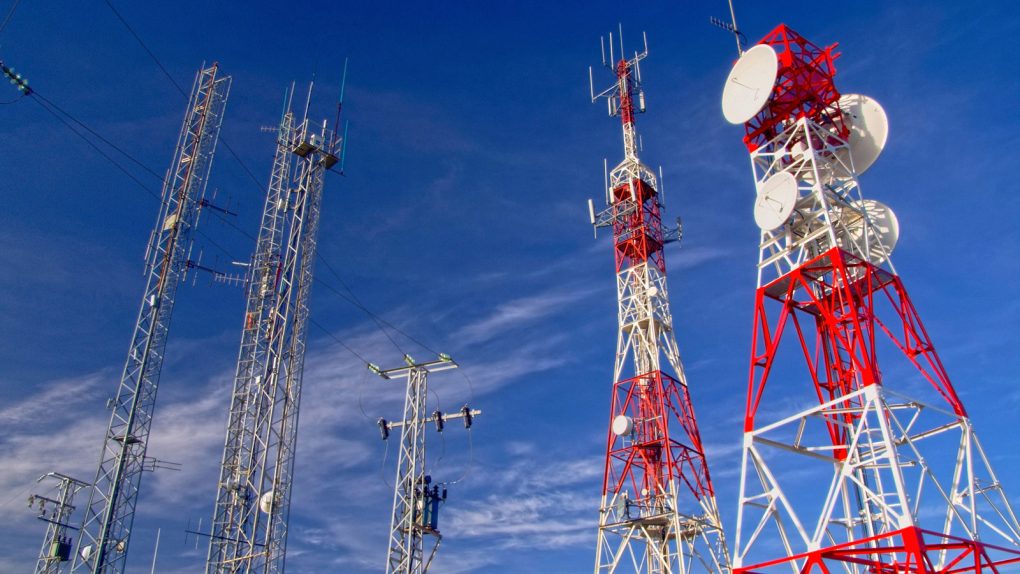On Monday, Verizon lit up something that can charitably be described as a ‘5G’ network in a handful of locations around the country. It’s a milestone, for sure, and more than anything, it marks the first time that customers are paying for something marketed as 5G.
In the case of Verizon’s fixed 5G, the pricing is simple. The 5G service is replacing conventional home broadband, which means that it’s priced similarly — $50 a month for Verizon wireless subscribers, and $70 for everyone else. But as 5G comes out of homes and into people’s phones, wireless companies are going to have to come up with ways to make their investment pay off, which means new pricing strategies.
Over at Fierce Wireless, industry analyst Mark Lowenstein has written an article exploring some of the questions surrounding how and when wireless companies are going to be able to properly monetize 5G. The whole thing is an interesting read, but one paragraph stood out as particularly prescient:
Another approach would be more akin to broadband, where there are pricing tiers for different levels of service performance. So if the base 4G LTE plan is $50 per month today, for an average 100 Mbps service, 5G packages could be sold in gradations of $10 for higher speeds (i.e. $60 for 300 Mbps, $70 for 500, $80 for 1 Gbps, and so on). An interesting angle on this is that some of the higher-end 4G LTE services such as Gigabit LTE (and beyond) could get incorporated into this, so it becomes less of a 4G vs. 5G discussion and more of a tier of service discussion.
Since smartphones became popular, mobile data has always been charged by volume, not speed. Even the “unlimited” plans that you can currently buy have deprioritization thresholds, which open you up to throttling once you exceed 20-50GB of mobile data in a month.
That’s completely different to how the broadband industry has traditionally worked: customers are normally charged for speed, with usage caps the exception rather than the norm. Obviously, there are structural differences in how wireless and wired networks operate, but ultimately, the marginal consumption of one extra gigabyte of data on either type of network doesn’t cost the operator more money. In both cases, the costs are heavily skewed towards building a network, not operating it.
As Lowenstein notes, the emergence of 5G could be the catalyst needed to shift the wireless industry towards speed-priced plans, rather than volume-priced. This is already happening, albeit on a tiny scale. Visible, an MVNO owned by Verizon, offers customers one unlimited plan that’s capped at 5Mbps, but has no deprioritization threshold or limit on hotspot data. The theory is that customers prefer an unlimited amount of slower data to a finite pool of higher-speed data, because most things you do on a smartphone don’t need a 200Mbps connection.
Visible only launched recently, so it remains to be seen whether this kind of plan is more popular than the unlimited offerings from other networks. But as 5G becomes ubiquitous and available speeds mostly exceed what people need for their daily use, wireless networks are going to have to change how they price their services, and speed-priced plans seem like a good place to start.










